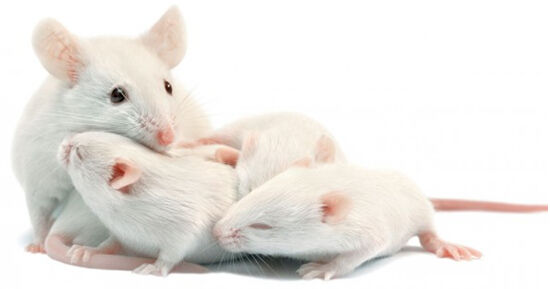Like many newborn mammals, young rats use cries to attract the attention of their mother. However, the mother rat does not recognize such cries naturally, she must learn to recognize her offspring – much like a parent learns to recognize a baby At the moment, a research team found that hormones associated with trust and mother – child relationship. Oxytocin is the key to this learning process. Only when oxytocin acts on the mother’s brain can she report mother’s worries and concerns to her crying baby.

“This is definitely a meaningful study … especially for diseases like autism,” said Larry Young, a neurobiologist at Emory University in Atlanta who was not involved in the study.
In order to understand the role of oxytocin on the brain of mothers, New York University School of Medicine scientists first studied the mothers’ responses to the call for help. When the baby is out of the nest, the baby will be called for help by ultrasound, a situation that often occurs when the mother takes the baby to a new environment (mothers often move to avoid predators). When the mother rat listens to such sounds, she will run to the lost young mouse and pick it up and bring her back to her nest. Other scientists have confirmed that mothers will respond to calls for help even if they are not born, and they will always go to the source of the call for help. However, most unpaired females appear to be “utterly unsympathetic,” and appear to be indifferent to the cry for help from the baby. However, she would respond to the call for help if unpaired females were raised with other mother mice or injected with oxytocin.
The discovery led Robert Froemke, a neurobiologist and leader of the research team, to suspect that oxytocin must be helping to “turn the brain of an unpaired female into a mother’s brain.” But how is this done? Researchers learned from other studies that the auditory cortex, which controls the handling of sound in the maternal brain, stores memories of crying help for young rats, the auditory cortex is divided into left and right sides and the team found oxytocin receptors on both sides As well as oxytocin-synthesizing neurons. This is an unprecedented discovery that they also found that the left auditory cortex has an extremely rich oxytocin receptor suggesting that this part of the brain area is dedicated to identifying social signals. “This is very similar to the speech processing of the laterality of the human brain,” Froemke said. For most people, the structure of the left hemisphere is used to control the language.
Leave a Reply